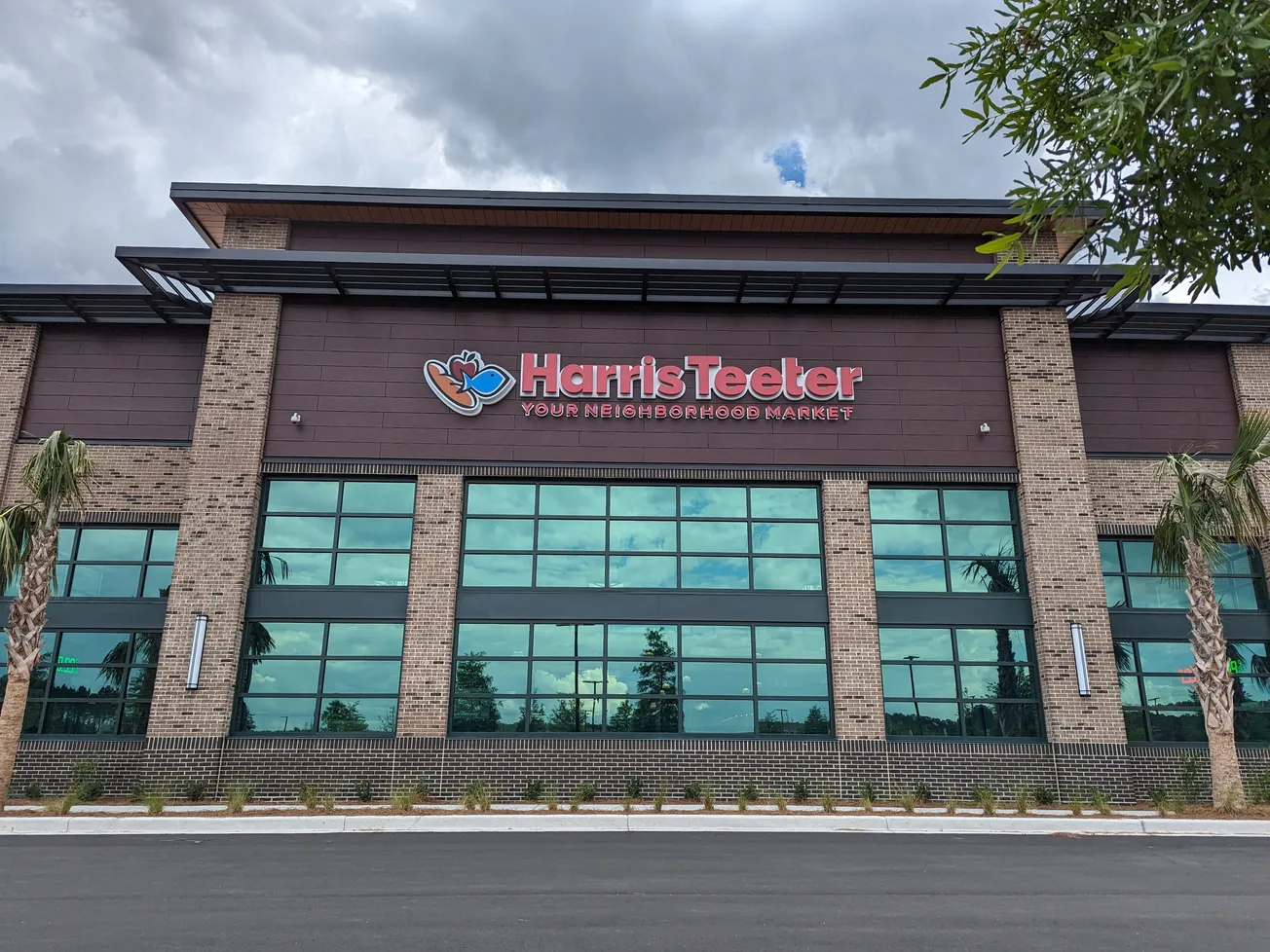BENTONVILLE, Ark. — Walmart got off to a rousing start to its 2025 fiscal year, with first quarter revenue and profits that beat Wall Street’s expectations. Beyond the numbers, though, management could also take satisfaction in the strong evidence that its growth strategy is working, particularly its commitment to omnichannel retail. Investors apparently agreed, driving the retailer’s share price to an all-time high on the day results were announced.
Total revenues for the three months ended April 30 rose 6% to $161.51 billion, ahead of the $159.5 billion forecast by Zack’s Consensus Estimate. Net sales gained 5.9% to $159.94 billion and membership and other income soared 21% to $1.57 billion. Operating income grew faster than sales, advancing 9.6% to $6.84 billion, thanks to higher gross margin, which added 42 basis points due to improvement across all segments, and strong growth in membership income.
Consolidated net income attributable to Walmart skyrocketed 205.1% to $5.1 billion, or 63 cents per diluted share. Adjusted earnings came in at 60 cents per share, well ahead of the 52 cents per share forecast by Zack’s.
“Our team delivered a great quarter,” said president and chief executive officer Doug McMillon. “Around the world our goal is simple: We’re focused on saving our customers both money and time. It’s inspiring to see how our associates are simultaneously executing the fundamentals and innovating to make shopping with us more enjoyable and convenient.”
Based on the robust performance, management now expects full-year net sales to come in at the high end or slightly above its original guidance of a 3% to 4% increase, with adjusted earnings per share now calculated to hit the high end or slightly exceed its original projection of $2.23 to $2.37 per share.
Taking a closer look at Walmart’s three operating segments, Walmart U.S. reported a 4.6% increase in sales to $108.67 billion as comparable sales gained 3.8%, driven by a 3.8% rise in customer traffic, while the average transaction was flat. Operating income climbed 7% to $5.33 billion, while adjusted operating profit jumped 9.6% to $5.46 billion.
E-commerce sales vaulted 22%, propelled by store-fulfilled pickup and delivery and Walmart’s Marketplace. In addition, the company’s advertising business, Walmart Connect, achieved a 24% surge in sales, with strong growth in advertiser counts, including third-party Marketplace sellers.
Management pointed out that the retailer’s value-convenience proposition is resonating with customers, as market share gains are being driven primarily by upper-income households (which Walmart defines as households with annual income of $100,000 or more). Chief financial officer John Rainey told CNBC that Walmart U.S.’ delivery business exceeded store pickup in volume for the first time during the quarter.
Walmart International continued its rebound, as sales expanded 12.1% to $29.83 billion, led by Walmart de Mexico (Walmex), China and Flipkart in India. E-commerce sales rose 19%, while the segment’s advertising business surged 27%, driven by Flipkart and Walmex.
Operating income, meanwhile, soared 31.7% to $1.53 billion.
At Sam’s Club, the top line rose 4.6% to $21.44 billion, as comparable sales excluding fuel advanced 4.4%. Operating income vaulted 34.3% to $615 million, helped by a 58-basis-point increase in gross margin.
During the company’s conference call with analysts, McMillon pointed out Walmart’s success in getting customers to purchase general merchandise, which carries higher profit margins than the groceries that make up the bulk of Walmart sales. “We punched below our weight on general merchandise, specifically in apparel and home, for a really long time, maybe forever, and I think the progress we’re seeing right now is driven by the in-store remodels and e-commerce,” he said.
Walmart currently plans to remodel 650 stores in the U.S. and 928 globally over the next year. In addition, it intends to add more than 150 supercenters domestically over the next five years. The new and remodeled stores will feature the retailer’s Store of the Future design, which incorporates displays intended to encourage purchase of more visually exciting products including electronics and home goods, such as a kitchen and home decor line called Beautiful that was developed in collaboration with actress Drew Barrymore.
While Walmart is investing in growth opportunities, it is not hesitating to jettison underperforming elements and to slash operating costs where possible. Recent examples include its February offer to acquire TV maker Vizio for $2.3 billion and the sudden decision to close down its Walmart Health clinic network, which had grown to 51 locations with 22 more planned as recently as April.
In addition, The Wall Street Journal recently reported that Walmart will eliminate hundreds of corporate jobs and close a number of small regional offices, with employees expected to relocate to more central hub locations or the home office in Bentonville. The company has gradually retreated from the remote-work flexibility approach it adopted during the COVID-19 pandemic.
“We just feel strongly in the benefit of working together,” Rainey said. “One of our competitive advantages is our culture, and that’s fostered by being together.”







